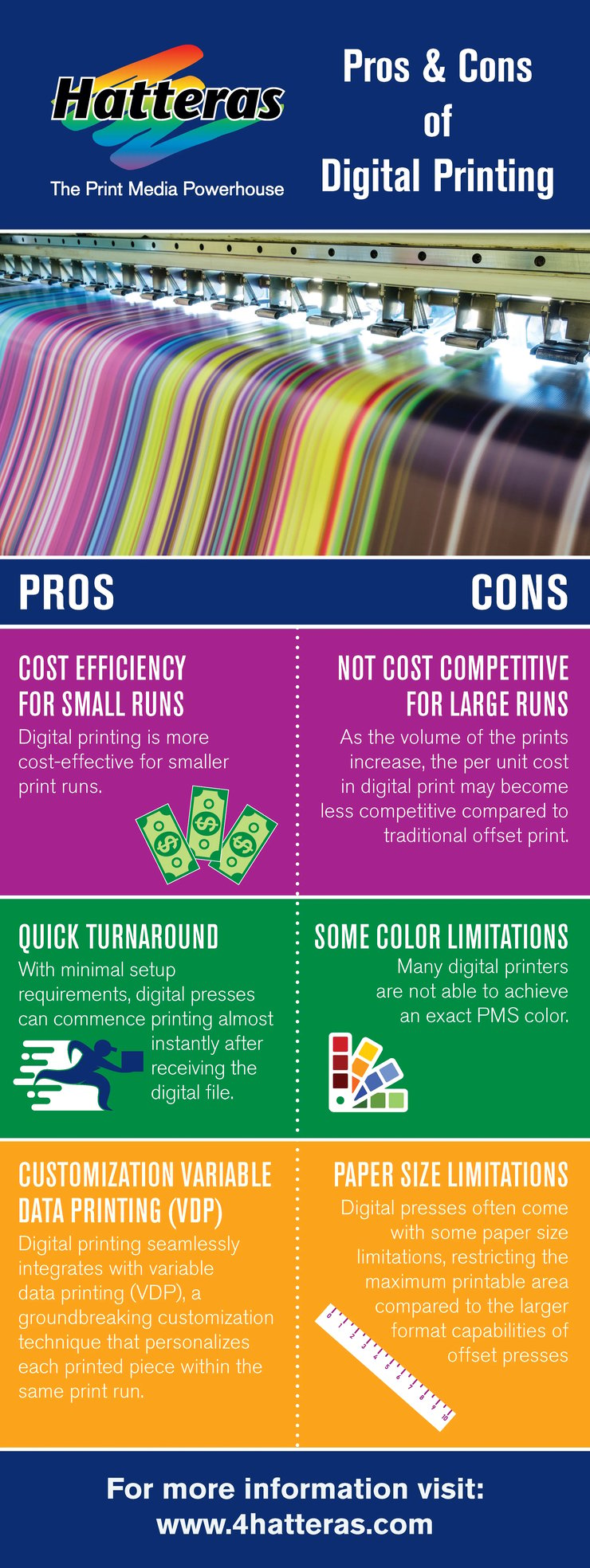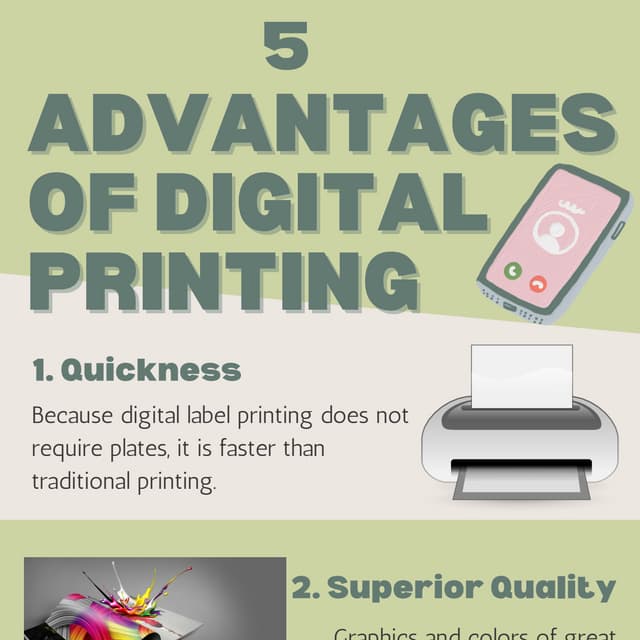The 6-Minute Rule for Digital Printing
Some Known Incorrect Statements About Digital Printing
Table of ContentsDigital Printing Can Be Fun For EveryoneDigital Printing Things To Know Before You Get This
Lithographic presses utilize two print platesa favorable and a negativeto transfer top quality color graphics onto an ideal substrate. The favorable plate, with its smooth surface, draws in oil-based inks and fends off water. On the other hand, the negative plate, with its harsh appearance, soaks up water and fends off oil. Rubber rollers are after that made use of to transfer the image from the plate to the corrugated surface area.Corrugated paper can often prove to be a difficult surface area to print on, yet Litho prints to a separate surface area and is then laminated to it, making it easy to print top notch pictures. It can be extremely constant, even for long terms. Actually, the extra you publish, the less costly the costs become for Litho.
What Litho doesn't provide you is exactly what Digital does, modification. Pricey set up Longer turn-around No Variable Data Printing Smaller sized shade range, colors can be much less intense Digital printing is the process of printing digital images straight onto the corrugated substrate making use of a single-pass, direct-to-corrugate method.
The 9-Minute Rule for Digital Printing
Traditional printing methods like Offset Printing have actually been the standing quo for some time, and one of the biggest factors is that at large volumes, it wins on expense. That's if you intend to utilize a single layout for all of your product packaging - those days are over.Offset Printing needs time and cash to produce a Printing Plate, while Digital Printing allows you to just post an art documents( as several as you desire )to the Press. Variable Information Printing (VDP)Print-on-demand Unique product designs Seasonal+Marketing messaging Affordable short productions Quicker turn-arounds If your task has a solitary style, Litho may be a much better choice due to the scaling expenses of production.

They differ in dimension and innovation, yet they permit you to publish art documents directly to the press, instead of producing printing plates. Digital Printing is when you publish a digital-based photo onto some type of print media.
